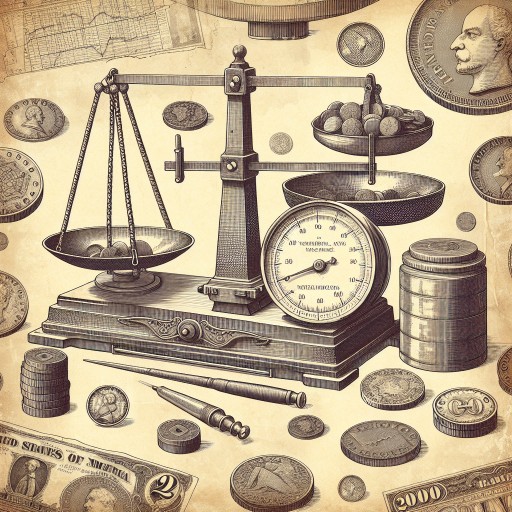
Infographics of Recent Publications
The Legal Origins of Financial Development: Evidence from the Shanghai Concessions
Journal of Finance, 2023
Levine, Ross; Lin, Chen; Ma, Chicheng; Xu, Yuchen
The primary challenge to assessing the legal origins view of comparative financial development is identifying exogenous changes in legal systems. We assemble new data on Shanghai's British and French concessions between 1845 and 1936. Two regime changes altered British and French legal jurisdiction over their respective concessions. By examining the changing application of different legal traditions to adjacent neighborhoods within the same city and controlling for military, economic, and political characteristics, we offer new evidence consistent with the legal origins view: the financial development advantage in the British concession widened after Western legal jurisdiction intensified and narrowed after it abated.
Measuring Inflation Expectations in Interwar Britain
Economic History Review, 2023
Lennard, Jason; Meinecke, Finn; Solomou, Solomos
What caused the recovery from the British Great Depression? A leading explanation--the 'expectations channel'--suggests that a shift in expected inflation lowered real interest rates and stimulated consumption and investment. However, few studies have measured, or tested the economic consequences of, inflation expectations. In this paper, we collect high-frequency information from primary and secondary sources to measure expected inflation in the United Kingdom between the wars. A high-frequency vector autoregression suggests that inflation expectations were an important source of the early stages of economic recovery in interwar Britain.
Independent Regulators and Financial Stability Evidence from Gubernatorial Election Campaigns in the Progressive Era
Journal of Financial Economics, 2024
Del Angel, Marco; Richardson, Gary
Regulatory independence forms a foundation for modern financial systems. The institutions' value is illuminated by a Progressive Era policy experiment when independent state-bank regulators came under governors' supervision. Afterwards, bank resolution rates declined during gubernatorial election campaigns for banks supervised by state but not national authorities. This gubernatorial-campaign effect diminished by two orders of magnitude, but did not disappear, after the FDIC became the independent resolver for all insured banks in 1935. In addition, during the Progressive Era, declines in bank resolutions led to declines in business bankruptcy rates, an effect that is not observed in the FDIC era. Our findings indicate regulatory independence can dramatically reduce but may not eliminate politics' impact on banks and the economy.
Reaching for Yield and the Housing Market: Evidence from 18th-Century Amsterdam
Journal of Financial Economics, 2023
Korevaar, Matthijs
Do investors reach for yield when interest rates are low and does this behavior affect the housing market? Using the unique setting and data of 18th-century Amsterdam, I show that reach-for-yield behavior of wealthy investors resulted in a large boom and bust in house prices and major changes in rental yields. Exploiting changes in the supply of bonds, I show that investors living off capital income shifted their portfolios towards real estate and other higher-yielding assets when bond yields were low and decreasing. This behavior exacerbated house price volatility and increased housing wealth inequality.
Long-Run Trends in Long-Maturity Real Rates, 1311-2022
American Economic Review, 2024
Rogoff, Kenneth S.; Rossi, Barbara; Schmelzing, Paul
Taking advantage of key recent advances in long-run economic and financial data, we analyze the statistical properties of global long-maturity real interest rates over the past seven centuries. In contrast to existing consensus, we find that real interest rates are in fact trend stationary and exhibit a persistent downward trend since the Renaissance. We investigate structural breaks in real interest rates over time and find that overall the Black Death and the 1557 "Trinity default" appear as consistent inflection points. We further show that demographic and productivity factors do not represent convincing drivers of real interest rates over long spans.










